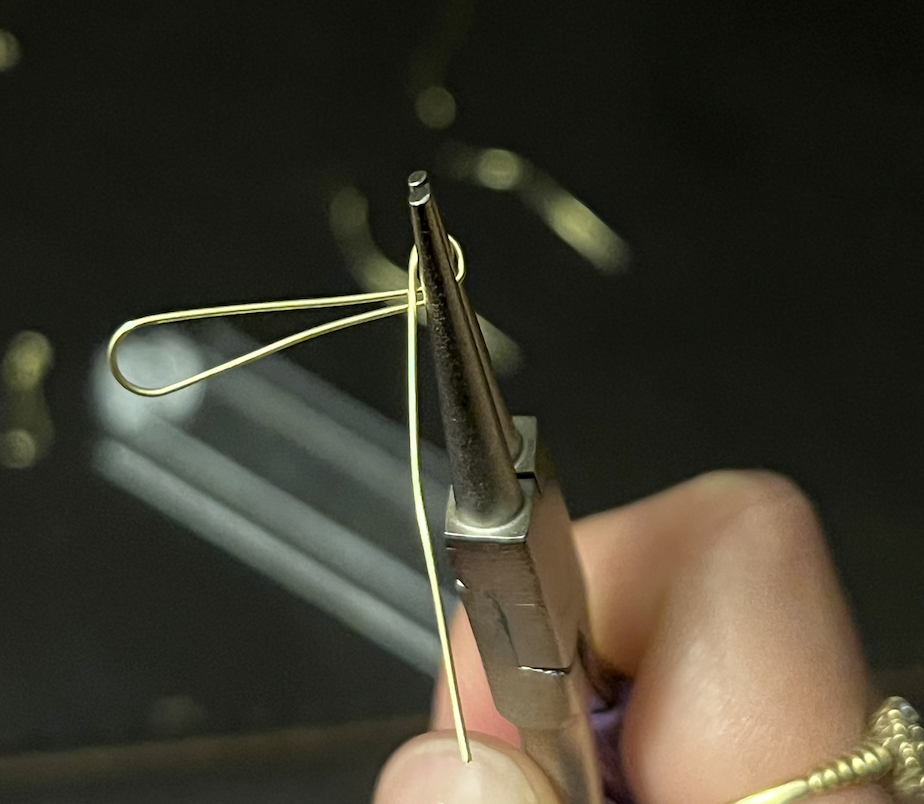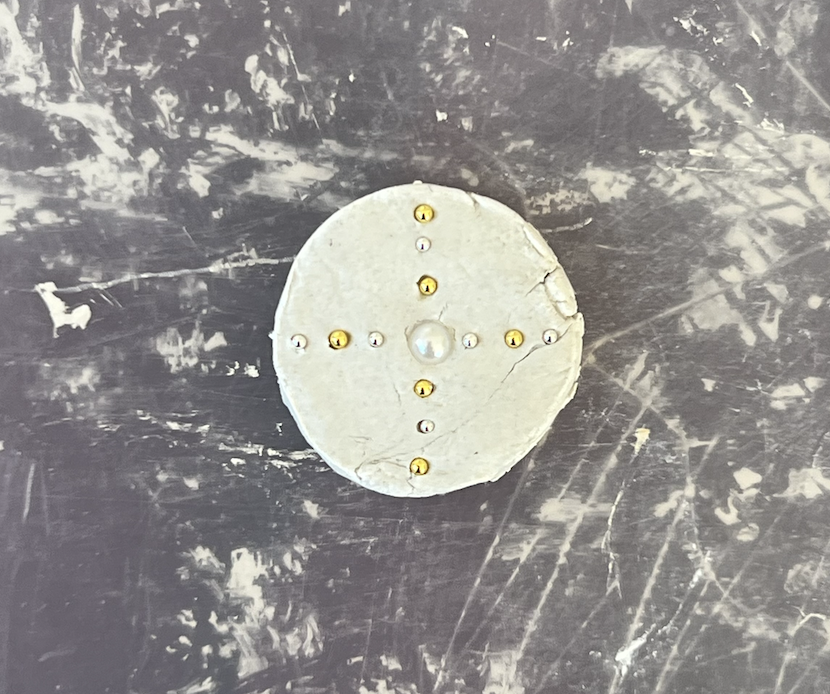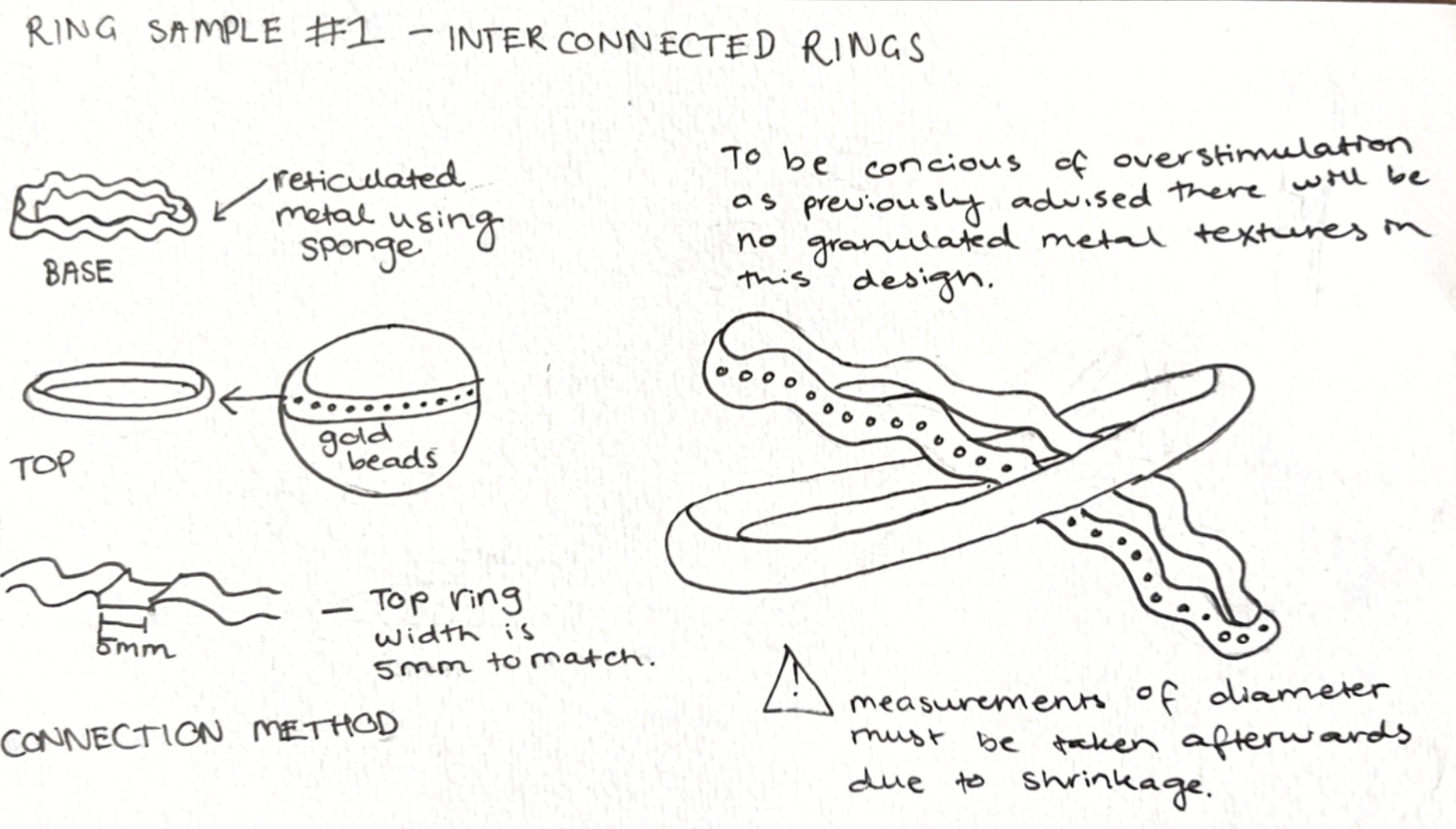This collection represents the harmonious convergence of traditional jewelry craftsmanship and innovative therapeutic design, where time-honored metalworking techniques are purposefully employed to create functional sensory regulation tools. Each piece seamlessly integrates discrete fidgeting mechanisms, varied textures, and weighted elements into elegant jewelry forms that maintain professional aesthetics while addressing the specific needs of neurodivergent individuals. Through meticulous attention to both visual beauty and tactile functionality, these designs demonstrate how skilled artisanship can transform everyday accessories into powerful tools for focus, calm, and self-regulation.




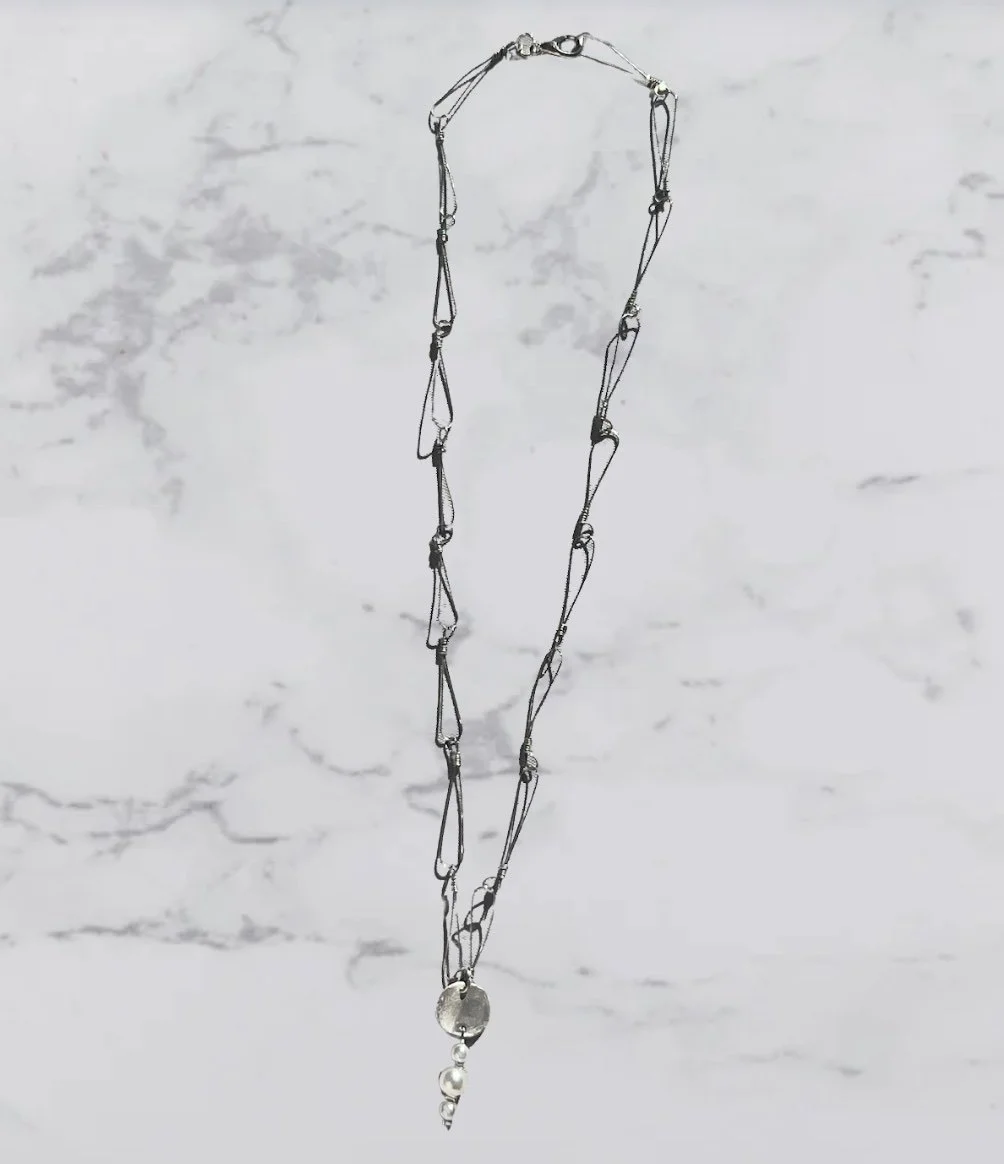
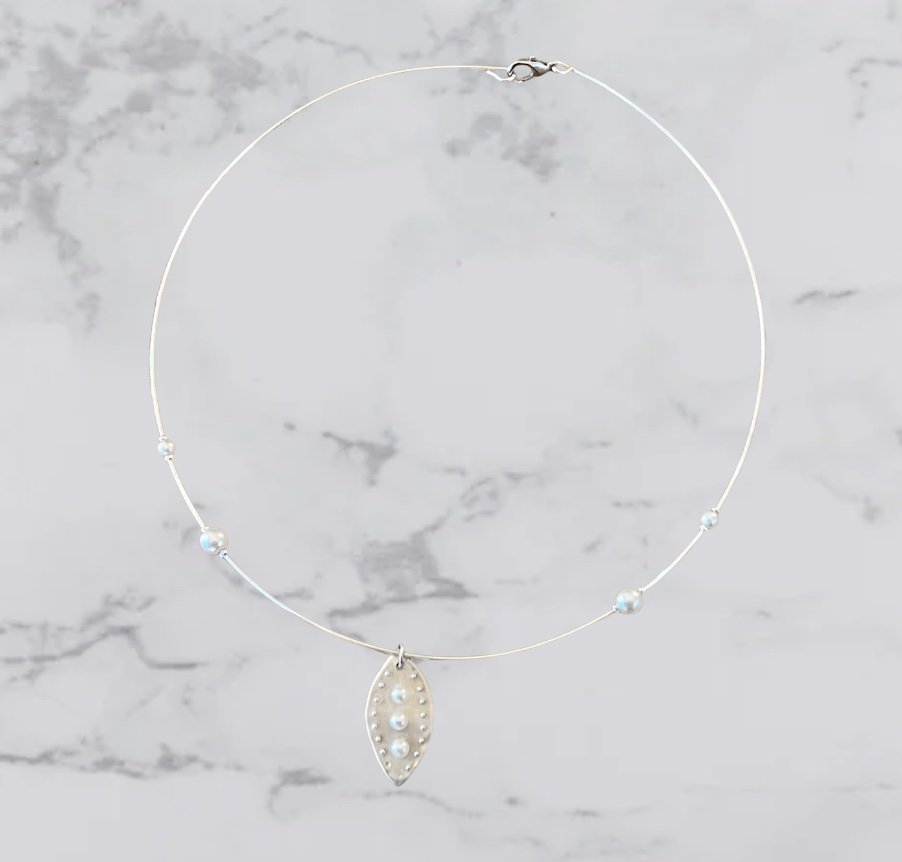

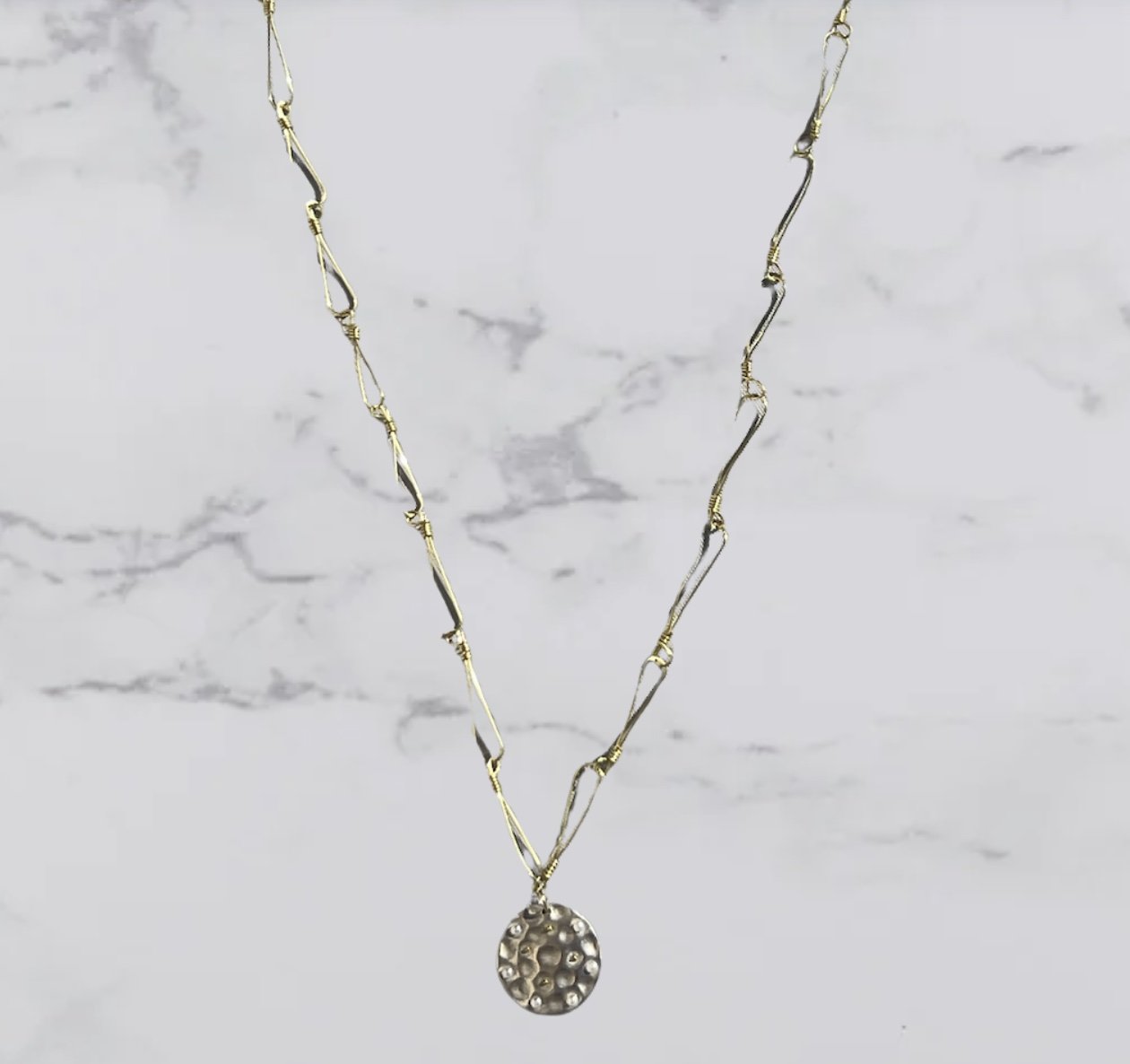

Design Studio
Design Studio
Project Brief
Project Type: Product Design & User Experience
Course: Design Studio: Independent
Duration: University Semester Project
Role: Independent researcher, product designer, and brand strategist
Challenge
Design a line of professional sensory regulation jewellery for women with ADHD that addresses the critical gap between clinical management tools and workplace-appropriate aesthetics. The challenge was to create evidence-based sensory solutions that women could wear confidently in professional settings without stigmatisation.
Research & Problem Identification
Women with ADHD face unique challenges that existing products fail to address. Through extensive research, I discovered that women typically receive ADHD diagnoses significantly later than men—often during university or early career phases—precisely when they need sophisticated management strategies for professional environments.
Key Insights:
Women present with internalised symptoms (daydreaming, people-pleasing, perfectionism) that mask neurological differences until adulthood
Existing sensory tools are either childish in appearance or lack scientific understanding of the four distinct ADHD regulation types
No products on the market combine professional aesthetics with comprehensive, evidence-based sensory support
Women need discreet tools that integrate seamlessly into workplace wardrobes
Approach
I developed a customisable sensory profile framework based on four distinct neurological needs: Hyperactivity Regulation, Attention Support, Executive Function, and Anxiety Modulation. Each jewelry piece intentionally incorporates multiple profile aspects, creating purposeful crossover for comprehensive support.
Design Strategy:
Premium materials (sterling silver, gold-plated) for professional credibility
Subtle, sophisticated aesthetics suitable for workplace environments
Evidence-based design features (rotational elements, varied textures, weight distribution, predictable patterns)
Educational framework empowering informed purchasing decisions
Price accessibility ($45-120 per piece) for target demographic
Solution
SENSIT Collection: Nine jewellery pieces including necklaces with interchangeable sensory charms, rings, bracelets, and earrings. Each piece addresses specific combinations of sensory needs through carefully designed features:
Hyperactivity Regulation: Rotational elements with controlled resistance, moveable components for discrete fidgeting
Attention Support: Varied textures and geometric variations providing sensory anchors during cognitive tasks
Executive Function: Predictable feedback systems with repetitive structural elements supporting mental organisation
Anxiety Modulation: Weight-distributed designs offering proprioceptive feedback and grounding sensory input
-
The document contains two key pieces of primary research: a Texture Effectiveness Study with 6 diagnosed ADHD participants that tested different metallic surface treatments during cognitive tasks, measuring physiological responses and self-reported effectiveness to find that hammered textures provided 76% more stimulation than smooth surfaces.
Additionally, there's a comprehensive Market Gap Analysis where researchers systematically evaluated 17 contemporary fidget products across materials, workplace appropriateness, and durability, revealing that 82% use conspicuous therapeutic-looking materials and 76% show visible wear within three months.
Find the pdf of results here.
-
This comprehensive secondary research provided crucial theoretical foundations for understanding ADHD sensory processing needs, validating the effectiveness of tactile regulation tools, and identifying key design considerations for discrete, professional sensory management solutions. The studies collectively informed my understanding of the three ADHD sensory subtypes, the connection between sensory processing and executive function, and the specific needs of women in professional environments who require unobtrusive regulation tools, and this ultimately led me to the development of the sensory profile which was the criteria for success and each jewellery design was measured against this before production
Find the pdf of scholarly summaries here.
-
This sensory profile framework combines primary and secondary research to establish evidence-based design criteria for ADHD-friendly jewelry. Secondary research from four key studies on fidget effectiveness and sensory processing was validated through primary research including a texture study with ADHD participants and market analysis of existing products. This research integration created four sensory factors—Hyperactivity Regulation, Attention Support, Executive Function, and Anxiety Modulation—with specific design implementations that translate empirical findings into professional jewellery features addressing validated neurodivergent needs.
Find sensory profile here
My design process consisted of a lot of trial and error with various materials and processes …
Below you can follow the clay samples, wiring samples, and everything in-between.

